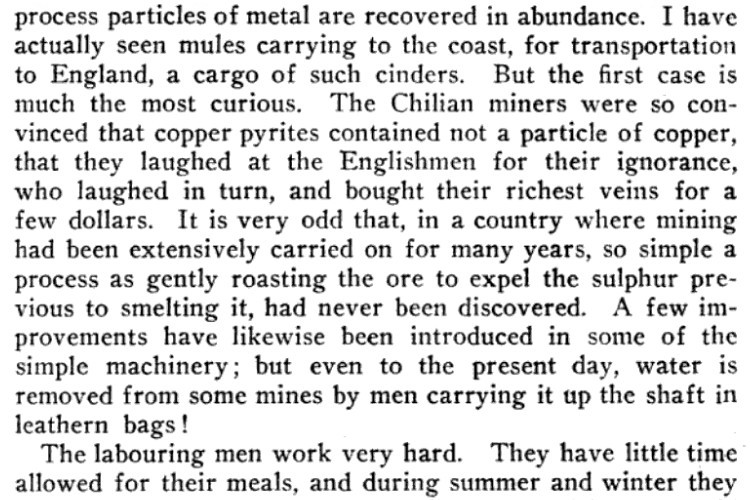A remarkable number of apparently intelligent people are baffled by the fact that a different group of apparently intelligent people profess to a knowledge of God when common sense tells them — the first group of apparently intelligent people — that knowledge is only a possibility in matters that can be demonstrated to be true or false, such as that the Bristol train leaves from Paddington. And yet these same apparently intelligent people, who in extreme cases will not even admit that the Bristol train left from Paddington yesterday — which might be a malicious report or a collective trick of memory — nor that it will leave from there tomorrow — for nothing is certain — and will only agree that it did so today if they were actually there when it left — and even then only on the understanding that all the observable phenomena associated with the train leaving Paddington could equally well be accounted for by Paddington leaving the train — these same people will, nevertheless, and without any sense of inconsistency, claim to know that life is better than death, that love is better than hate, and that the light shining through the east window of their bloody gymnasium is more beautiful than a rotting corpse!
— Tom Stoppard, Jumpers, 1972


